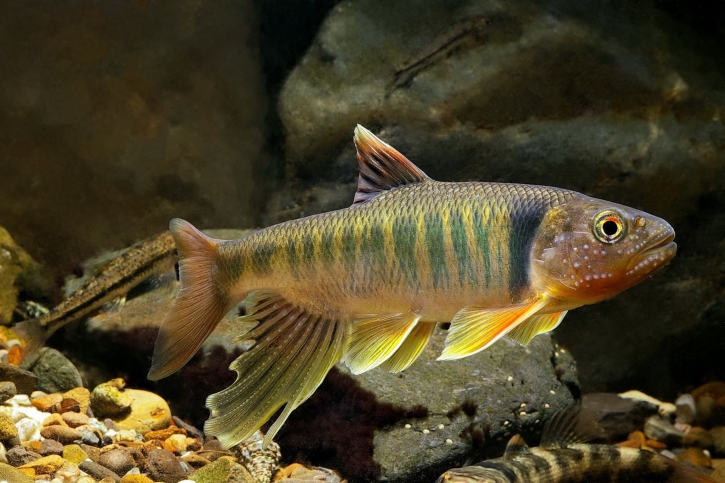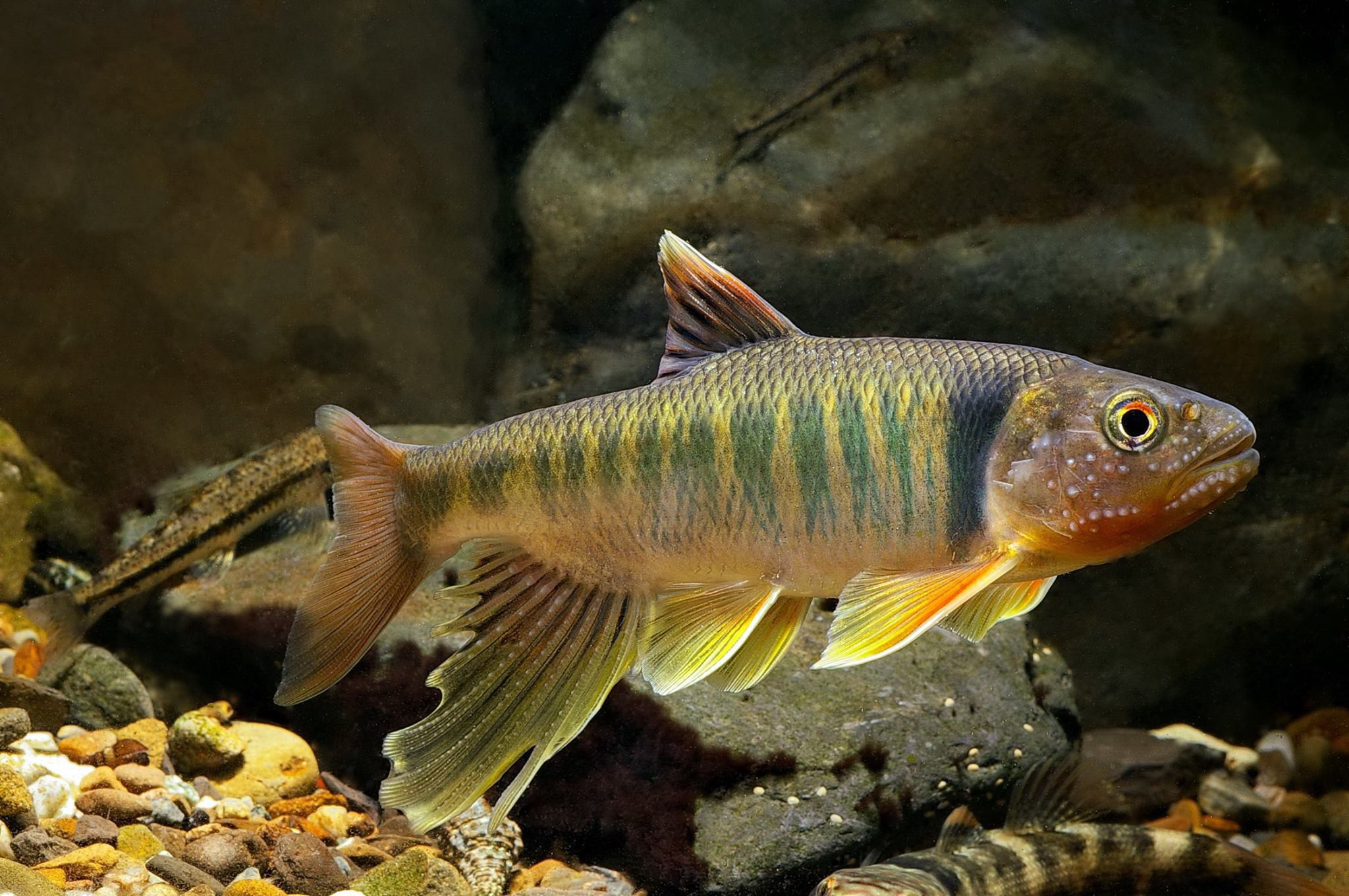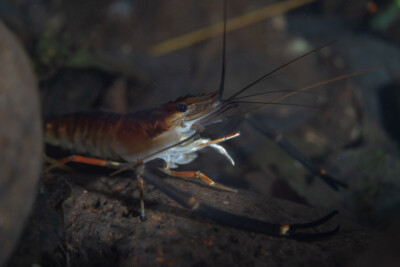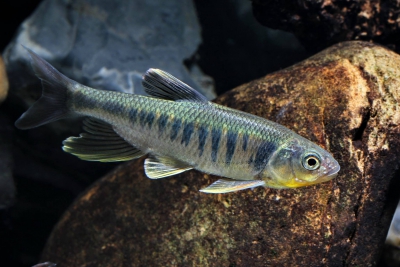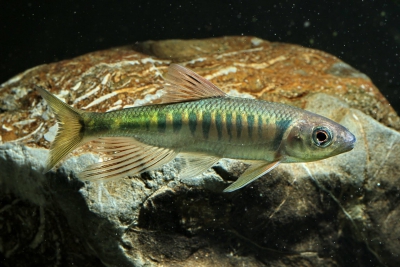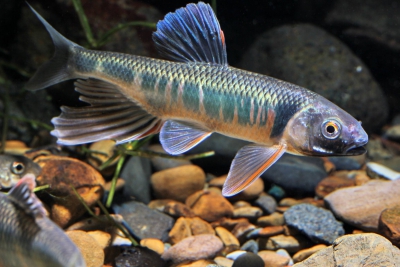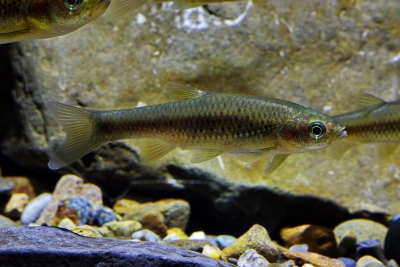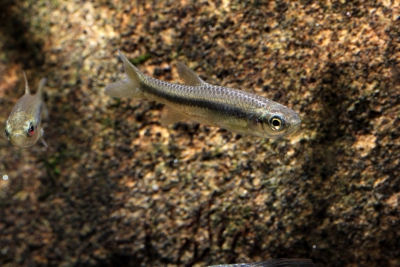Introduction
Opsariichthys pachycephalus is a fresh water fish from the Asia.
This sheet is currently being prepared. The texts currently proposed come from our data model or are being drafted. To request priority for this content, you can write to us HERE.
Who is it?
Morphology
-
Average size14 cm
-
Maximum size16 cm
-
Average size14 cm
-
Maximum size16 cm
How to recognize This fish ?
Opsariichthys pachycephalus measures between 14 and 16 cm.
Behaviour & Life cycle
-
dietcarnivorous
-
Sociabilityliving in small groups
-
territorialNo
-
Way of livingdiurnal
Opsariichthys pachycephalus is a fish living in small groups naturally found close to the surface. This species is carnivorous .
Although Opsariichthys pachycephalus is non-territorial, it is sometimes aggressive towards other species. It also shows signs of aggression towards its conspecifics.
Reproduction
-
Reproductionovipare qui pond en eau libre
Opsariichthys pachycephalus is a fish ovipare qui pond en eau libre.
Harmless species
This species does not represent any particular threats to humans when encountered in its natural environment.
Origin and distribution
Conservation status of populations (IUCN)
What is its habitat?
Natural environment characteristics
-
Temperature14 - 25 °C
-
FlowStrong
Biotope presentation
The acidification of water comes from the decomposition of plants. This phenomenon changes the color of the water, which tends to turn brown. In some areas particularly rich in organic matter, the water is so dark that it is called "black water".
Opsariichthys pachycephalus prefers well oxygenated waters in current areas and rapids. It frequents fast flowing waters where the bottom is strewn with pebbles, wood or leaves carried by the current. It can be found not far from waterfalls .
Species of the same biotope
To go further
Sources & Contributions
Participation & Validation
The Fishipedia team and specialist contributors are committed to providing high-quality content. However, although the information comes from scientific sources or testimonials from specialists, the cards may contain inaccuracies.

Benoit Chartrer
Translation
Translation done with the valuable contribution of our translators, who make this information available to a wider audience. We sincerely thank them for their commitment.
Scientific partners
Species of the same family
Same genus
Species of the same biotope
